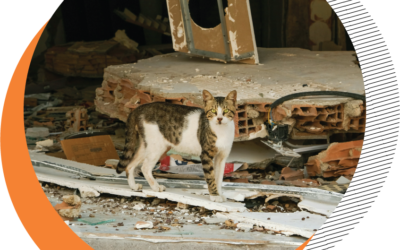
Bringing Butterflies into Your Yard
By: Putu Eka Gunadi
It’s been said that you shouldn’t chase after butterflies if you want to capture them. That made it hard to capture since the harder one tried to catch it, the farther it would fly. If you make yourself chase after it rather than obtaining it. We frequently experience fatigue and energy depletion.
Plant a variety of trees to witness the beauty of butterflies. Butterflies will naturally appear as the trees bloom and send out their flowers. In addition, lovely butterflies are soaring over our yard. It’s interesting to see that other emotions also arrive. Bees and beetles will visit as well.
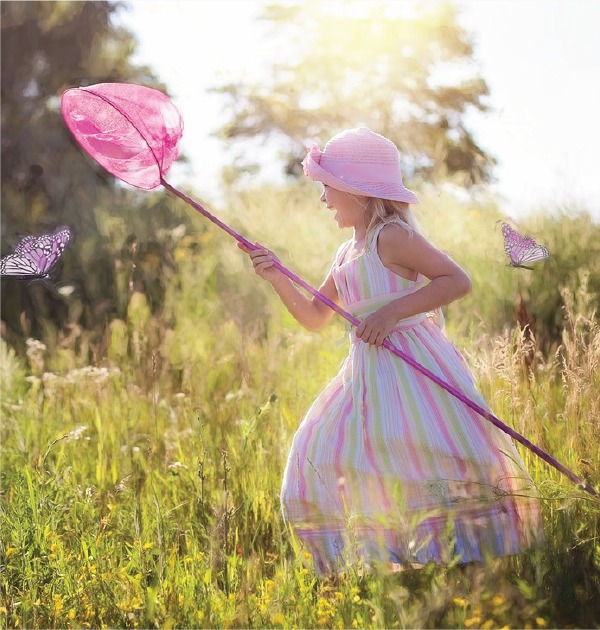
Image1. Illustration of a child chasing a butterfly (Source: pixabay.com)
With their captivating wings and delicate movements, butterflies are an essential component of the beauty of nature. However, the use of chemical pesticides and the loss of their natural habitat are causing a decline in butterfly numbers. By establishing a butterfly haven in our backyard, we can contribute to their continued survival.
1. Plants That Attract Butterflies
The secret to getting butterflies into our yard is plants. Pick vibrantly colored flowers and flower forms that are easily reachable by a butterfly’s proboscis in order to collect nectar from them. Asoka, zinnia, lantana, hibiscus, pagoda, and marigold flowers are a few examples. Make sure you select a diverse range of plants to draw in various kinds of butterflies.
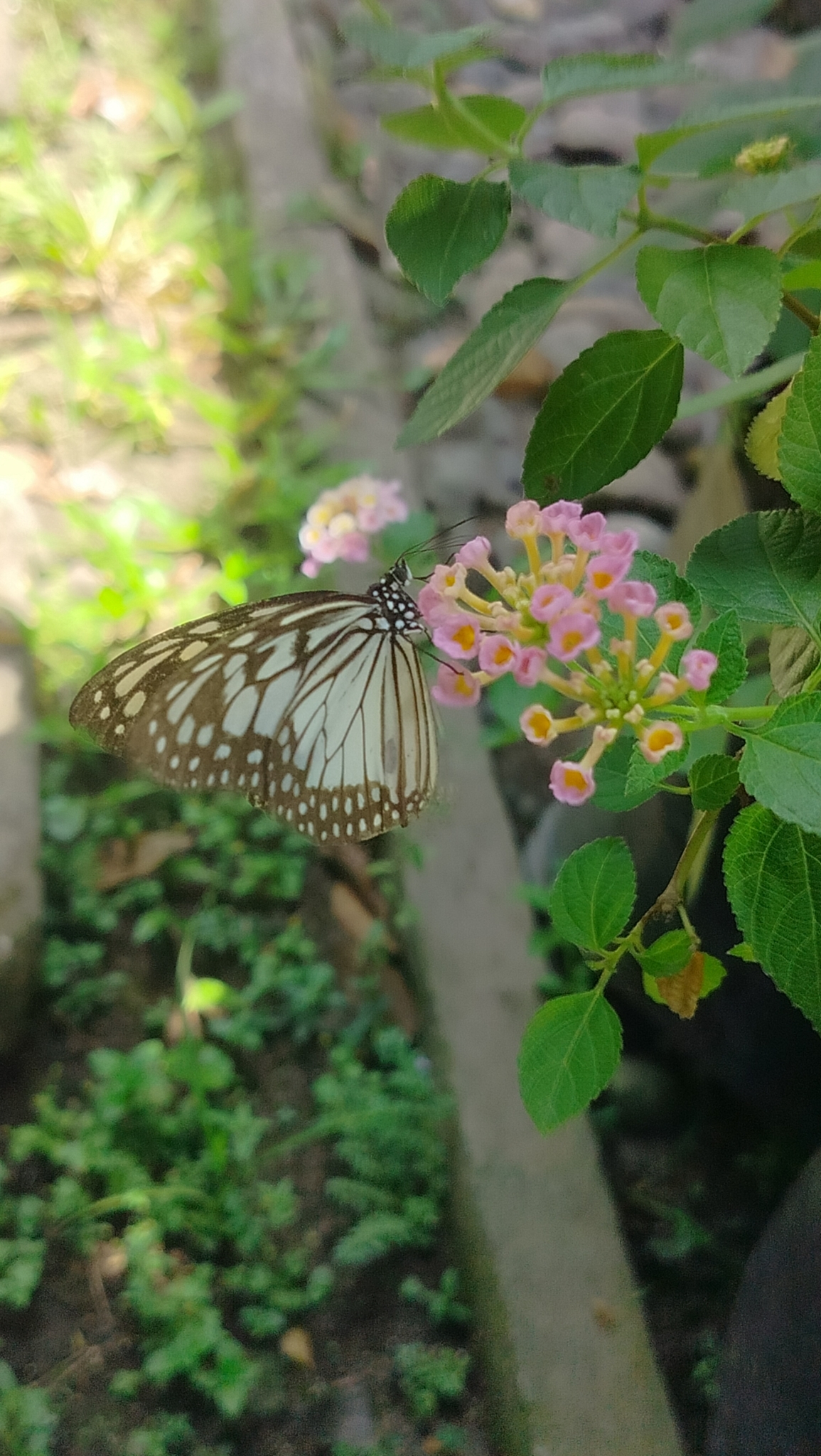
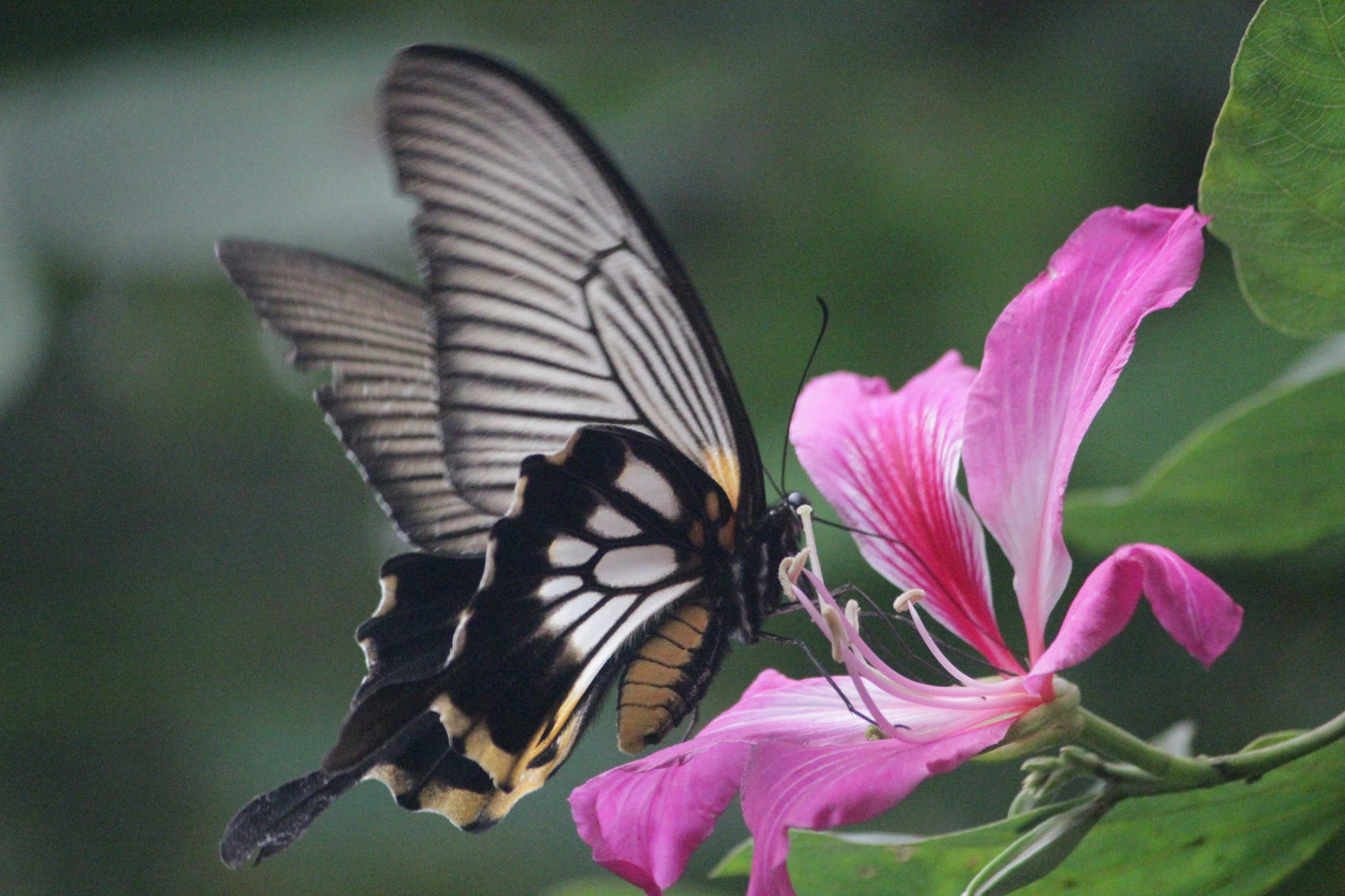
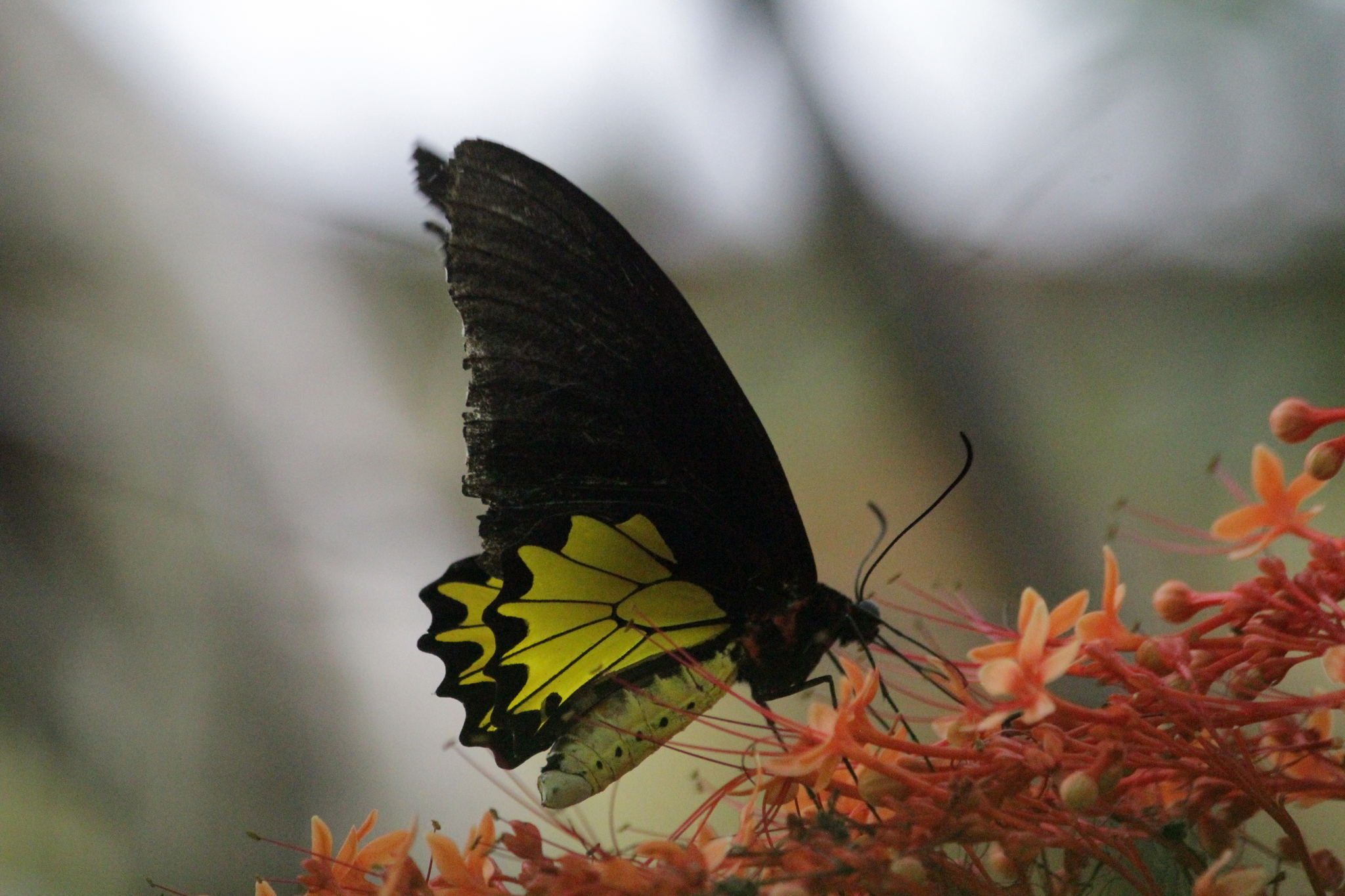
Image 2. Butterflies suck flower nectar (Source: Author’s documentation)
2. Avoid Using Chemical Pesticides
Pesticides have the potential to harm larvae of butterflies. Try not to use chemical pesticides in your yard as much as you can. Instead, take into account ecologically friendly organic techniques like employing predator larvae to manage insect populations or growing native plants that naturally repel pests.
3. Make a Muddy Area
Muddy places are necessary for butterflies to obtain mineral salts and water, both of which are essential for their metabolism. They also like sucking on the nutrients found in rotting fruit. You can create a muddy area in your yard by leaving some patches of soil moist, or by adding bits of rotting fruit and damp sponge.
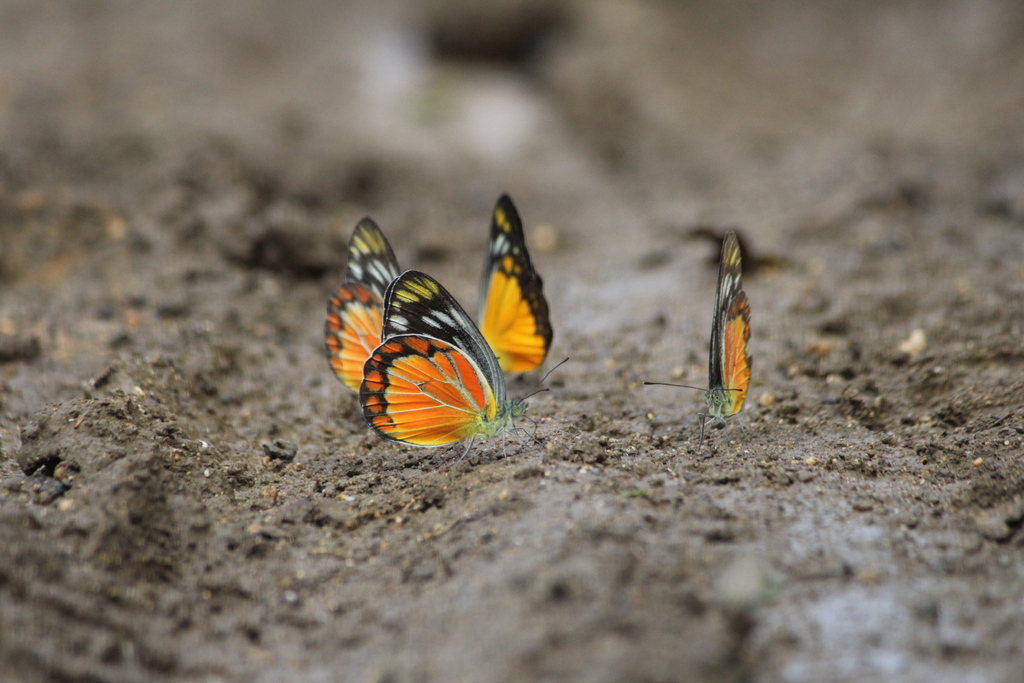
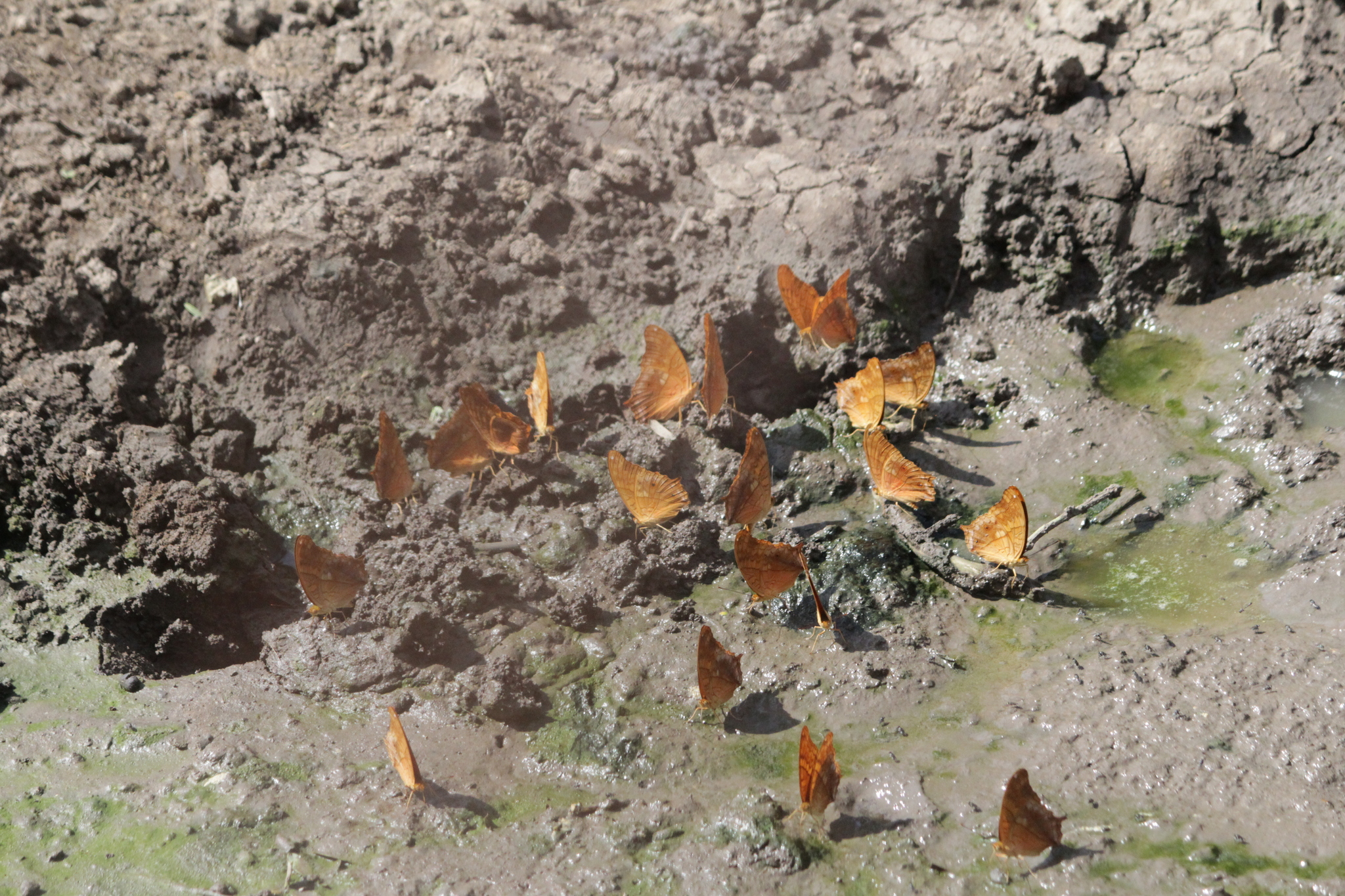
Image 3. Butterflies suck minerals in muddy areas (Source: Author’s documentation)
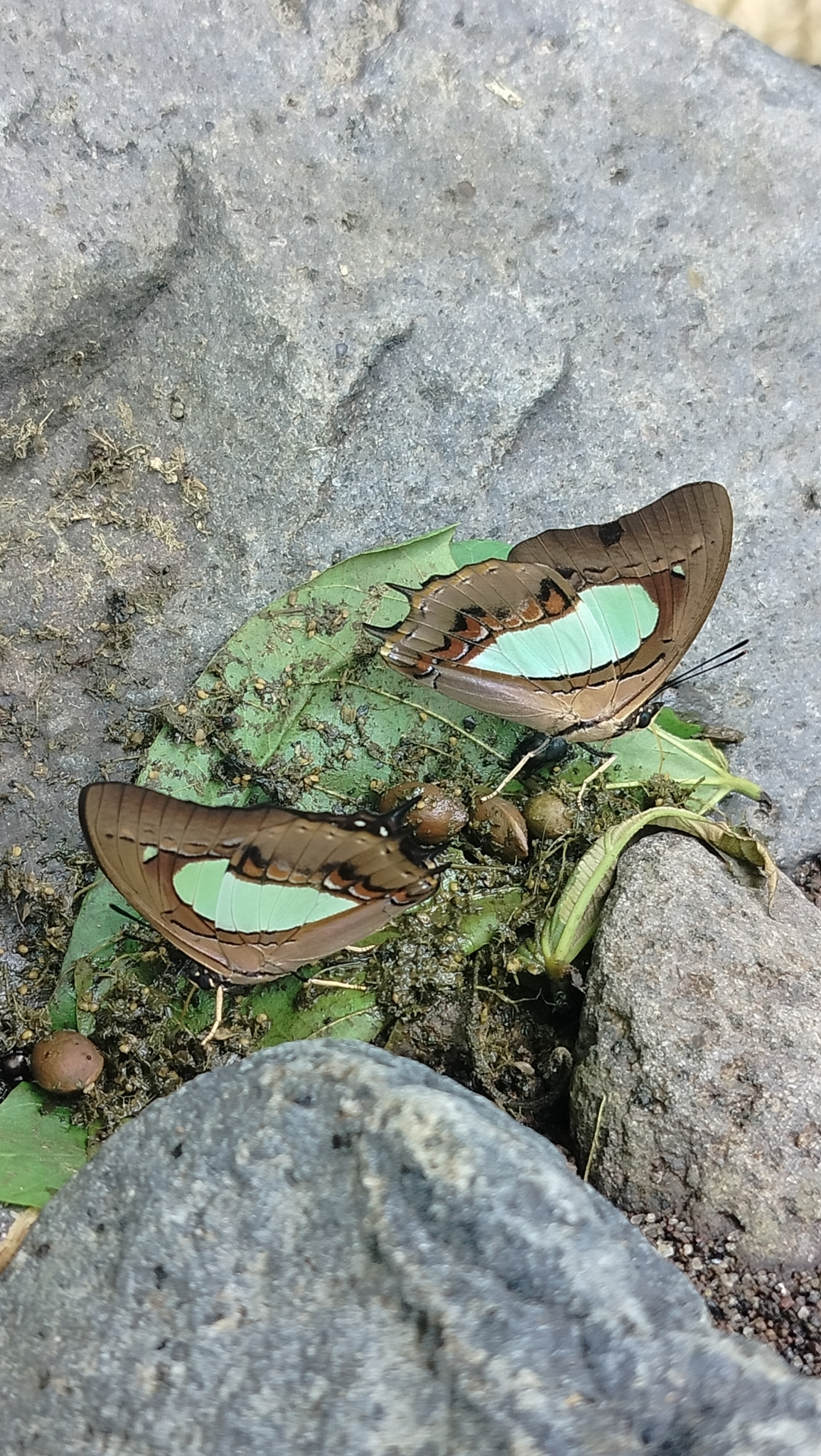
4. Provide a place to lay eggs
Some butterfly species require host plants to lay their eggs. For example, the orange butterfly, Papilio demoleous, and Papilio memnon require orange plants as a place to lay their eggs and food for their larvae. Other examples that are host plants for butterflies are: sugar apple trees, banana trees, and thistle trees. Plant these plants in your yard to provide a nesting place for butterflies.
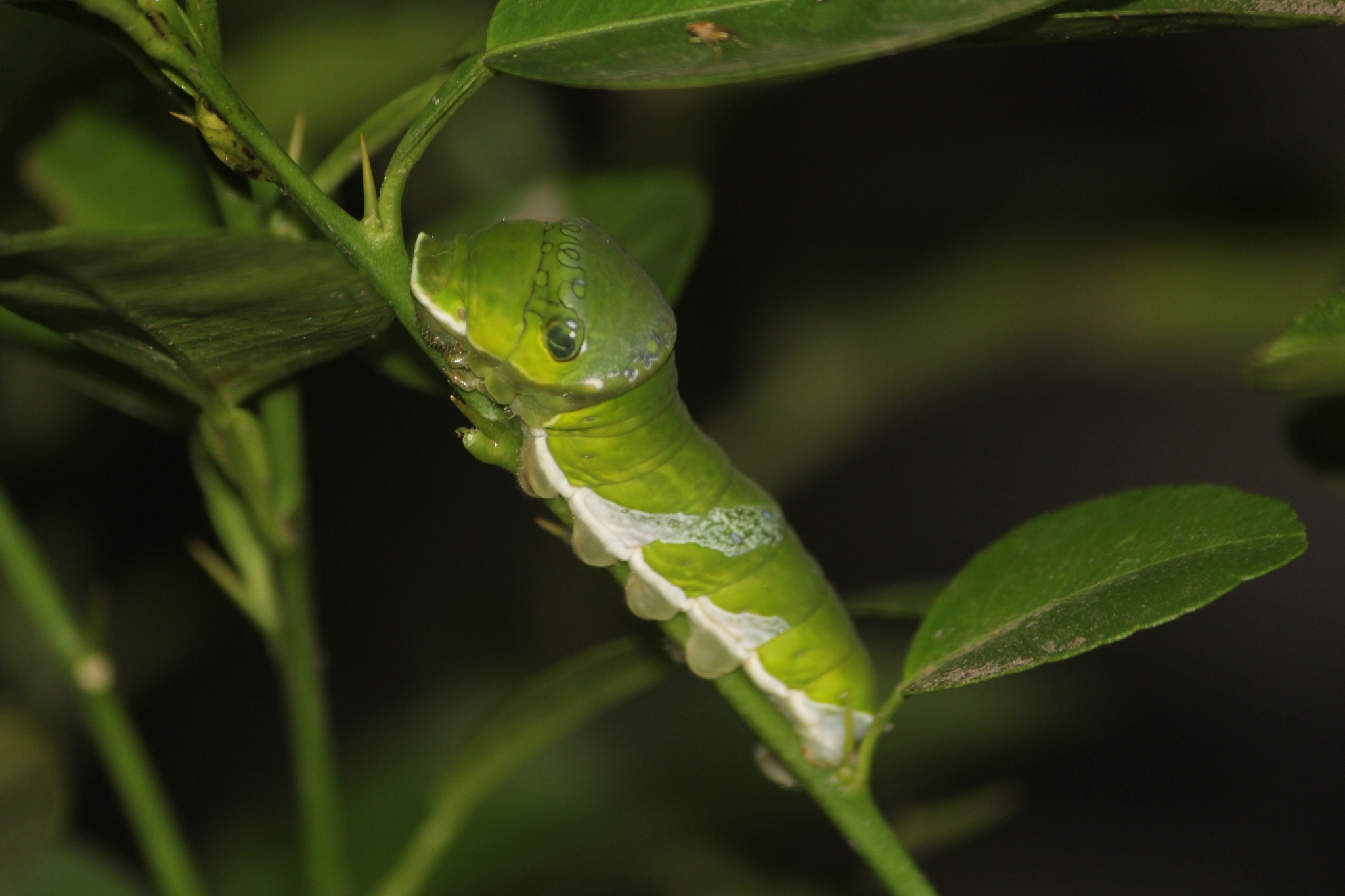
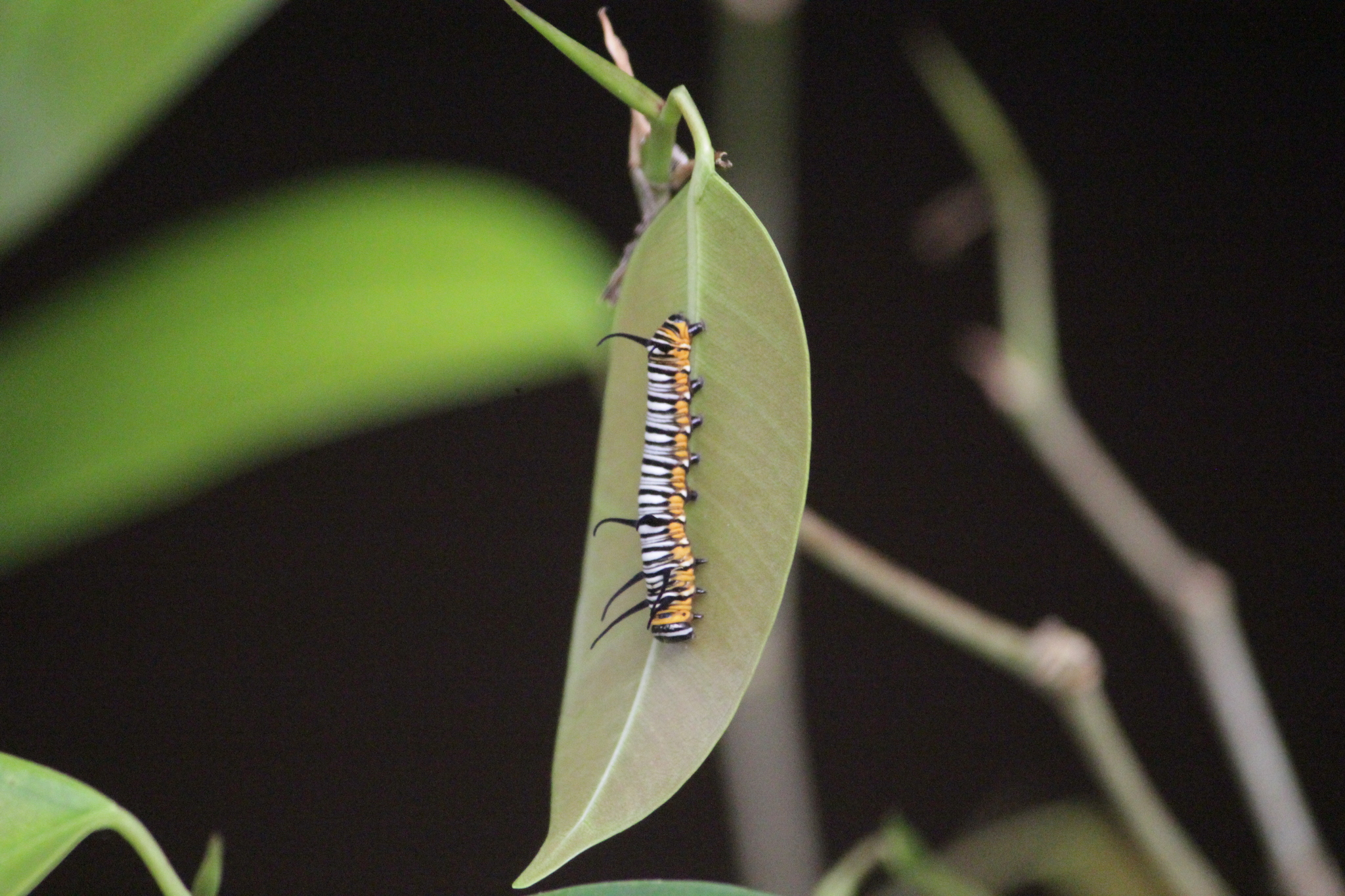
Image 4. Butterfly caterpillars and their host plants (Source: Author’s documentation)
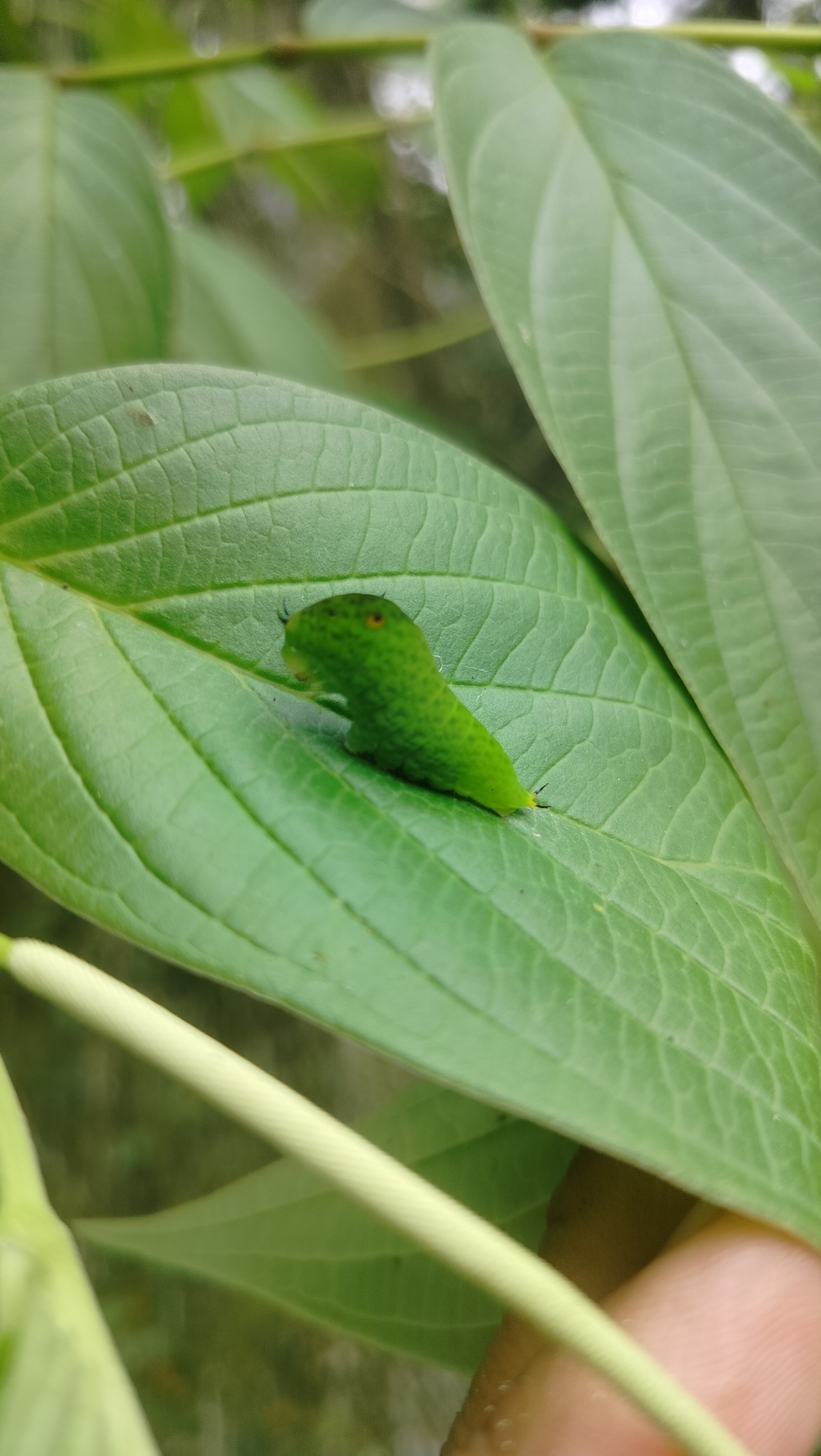
Some butterfly species require host plants to lay their eggs. For example, the orange butterfly, Papilio demoleous, and Papilio memnon require orange plants as a place to lay their eggs and food for their larvae. Other examples that are host plants for butterflies are: sugar apple trees, banana trees, and thistle trees. Plant these plants in your yard to provide a nesting place for butterflies.
4. Provide a place to lay eggs
Peggie, Djunijanti. Mengenal Kupu-kupu. Pandu Aksara Publishing.
Peggie, Djunijanti. Panduan Praktis Kupu-kupu di Kebun Raya Bogor. Lembaga Biologi Nasional.
https://butterflycircle.blogspot.com/search?q=hosting+plant
https://ecogardener.com/blogs/news/attracting-butterflies-to-your-garden
https://butterfly-conservation.org/how-you-can-help/get-involved/gardening
https://nimadesriandani.wordpress.com/2011/02/06/mengundang-kupu-kupu-datang-ke-halaman/
Related Post :
Having a Pet is Good for a Child’s Growth
By: Maryam Smeer Translator : AWI TeamWho would have thought that petting animals is not only fun, but it also provides many benefits to children's growth and development.Here are some of the benefits that children get when interacting with pets:1. Developing...
Healthy Pets, Happy Families: Tips for Taking Care of Pets in the Transitional Season
By: Arditya Laksono - Freelance English Tutor The transitional season, or the period between seasons, often brings extreme and erratic weather changes. The scorching heat of the day can suddenly change in a matter of hours to heavy rain with thunder in the...
World Zoonoses Day July 6, Awareness Must Be Raised
By: Maryam Smeer Translator : AWI Team Zoonoses are increasingly discussed. In fact, every July 6 is celebrated World Zoonoses Day.For your information, zoonosis is a disease that can be transmitted from animals to humans or vice versa.The transmission process of...
More Than Just War Victims: Those Rarely Spotlighted by the Mass Media
By : Arditya LaksonoFreelance English Tutor Translator : AWI TeamThe sound of bullets whistling and bomb explosions shook the ground. Black smoke and thick dust from buildings destroyed by bombs rose in the sky. Residents and animals in the area were frightened and...
HOW TO IDENTIFY CRUELTY TO ANIMALS
By: FOUR PAWS International FOUR PAWS explains what you need to look for to recognize the signs of a potential cruelty situation. Cruelty to animals can take many different forms. These range from suffering caused by the way a pet is kept to acts of violence such as...
BETTER TO ADOPT
Content By : Karin Franken,Co-Founder & Board Director JAAN Domestic Ilustration by : Aya Diandara SalvatorYou will help to reduce dog meat trade and illegal dog meat farmDogs meat trade and illegal farming usually don’t apply 5 animal welfare principles. For...



